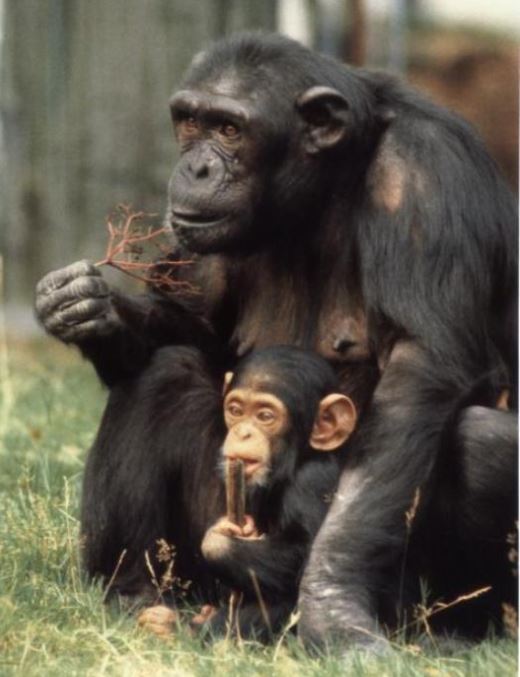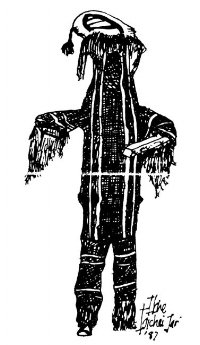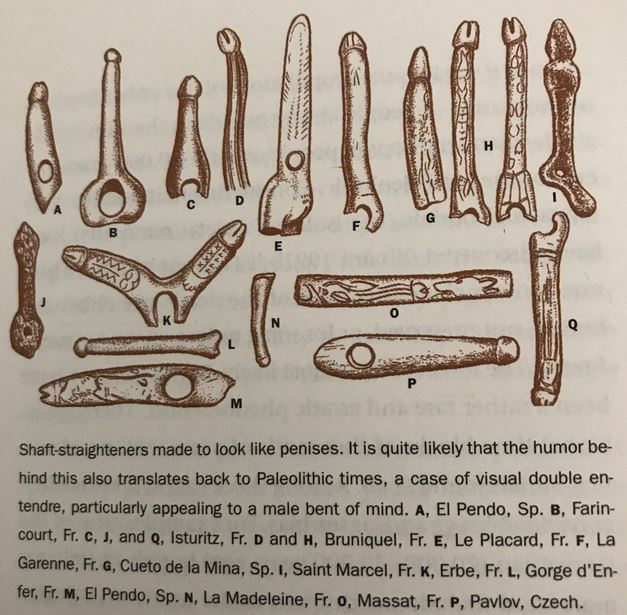The Dilemma of the Deserted Husband (and why polygyny is more common than polyandry)
In the volume Politics and history in band societies (1982), anthropologist George Silberbauer described how a G/wi forager band in the Central Kalahari Desert solved a social problem involving a man named /wikhwema.
/wikhwema was “not very bright”. Silberbauer described him as a vain and inflexible man, prone to petulant outbursts, whose opinions were often wrong. He was apparently considered something of a standing joke within the band. Unsurprisingly, his wife N!anoag//ei was described as a morose and chronically dissatisfied woman, and one day she left /wikhwema for his best friend, a recently widowed man named /amg//ao.
/amg//ao was well-regarded within the band. He was “a virtuoso dancer, a consistently successful hunter and was rumoured to be a bit of a demon as a lover.”
/amg//ao was also a dwarf.
/wikhwema mourned the loss of his wife and best friend for over a year, and many in the band considered him quite the nuisance, including his daughter and mother-in-law, who still lived in the band. Every time /wikhwema was despondent or threw a tantrum, the rest of the band would convene to discuss the problem. Eventually, word got around to where N!anoag//ei and /amg//ao were living, and intervening parties tried to convince her to return to /wikhwema, but she wouldn’t budge.
While N!anoag//ei was happy with /amg//ao, she missed her daughter and mother terribly, and wished to see them again.
Finally, some “lateral thinker” among the band proposed a unique solution. How about a joint marriage: N!anoag//ei, /wikhwema, and /amg//ao could all live together. A polyandrous marriage! Polyandry was completely unknown to the G/wi, yet after a long deliberation among the band, this arrangement was considered acceptable.
While the trio did not exactly live happily ever after, /wikhwema was no longer considered a nuisance to the rest of the band, and the matter was considered resolved.
Among the G/wi, this is the only known example of a polyandrous marriage. Most marriages among the G/wi are monogamous, however, there were nine men married polygynously: eight men with two wives each, and one man with four wives.
Across cultures, polygyny is significantly more common than polyandry. In the Ethnographic Atlas, less than 1% of societies (only 4 out of 1231) are coded as practicing polyandry, while 85% (1041 out of 1231) of societies are coded as practicing at least occasional polygyny. In anthropologists Katherine E. Starkweather and Raymond Hames 2012 paper ‘A Survey of Non-Classical Polyandry’, published in Human Nature, they argue that polyandry is more common than previously reported, noting there is evidence for at least occasional polyandry in an additional 53 societies.
However, as with the G/wi foragers, polyandry still tends to be rare, and generally restricted to specific social and ecological circumstances. For some of the societies mentioned by Starkweather & Hames, there is only a single example of polyandrous marriage, such as among the !Kung, and as we saw among the G/wi. Further, polyandry in many societies may be a temporary response to a highly skewed sex ratio in favor of men. For example, Starkweather & Hames write that, “10 of 15 marriages were polyandrous in 1958 among the Shirishana Yanomamö when the sex ratio was 149 [149 men for every 100 women]. As the population grew and the sex ratio declined to 108, however, only 1 of 37 marriages were polyandrous.”
Overall, polyandry is more likely to occur in these contexts:
1) Where the sex ratio is highly skewed, with significantly more males than females.
2) Among relatively ‘egalitarian’ hunter-gatherer societies.
3) Where adult male mortality is high.
4) Among brothers.
5) Where males generally contribute a majority of the subsistence and economic labor.
6) Where males are often absent for prolonged periods of time (frequently traveling to trade, for example).
Table from 'A Survey of Non-Classical Polyandry' (2012) by Starkweather & Hames illustrating the factors most commonly associated with polyandry.
Starkweather & Hames note that, among the most well-known societies practicing polyandry, such as those found in Tibet, polyandry occurs, “where land is scarce and a fundamental requirement for successful reproduction and the maintenance of high status,” and therefore, “the marriage of all brothers in a family to the same wife allows plots of family-owned land to remain intact and undivided.”
For the 53 cases of polyandry reviewed by Starkweather & Hames, polyandry generally seems to be a reproductive strategy mostly used by lower status males, likely as a last resort. They write that, “less socially competitive males may be willing to share a wife and make an attempt at achieving paternity, rather than risk never reproducing.”
Among various Inuit societies, “Exceptionally great hunters are able to support more than one wife; good hunters can support one wife; and mediocre hunters, or those unwilling or unable to take a wife from another man, share a wife.” As we can see, polygyny and polyandry can co-occur, and where some competent, high-status males are able to support multiple wives, lower-status males may end up having to share, or risk having no wife at all.
In such contexts, women can also benefit from multiple partners, gaining protection and provisioning from their additional husband(s), particularly when their first husband is likely to die early or be absent for long periods of time.
Overall, polygyny being more common across cultures than polyandry is not at all surprising considering patterns of sexual dimorphism in humans, and their implications for sexual selection during our evolutionary history. I have previously described how sex differences in gamete production can help explain why men, across cultures, are more violent, and more prone to take political power, than women are. The same basic explanation follows here. All else being equal, because of basic sex differences in gamete production, which contribute to sex differences in reproductive output and parental investment, an individual male generally has more to gain from mating with multiple partners than an individual female does. And further, an individual male likely faces a greater cost to his reproductive success by sharing a mate than an individual female does.
On average, polygyny benefits a given male more than polyandry benefits a given female, and polyandry hurts a given male more than polygyny hurts a given female.
Note that I am not saying men and women are ‘wired’ to behave in a specific and narrow way. Because of sex differences in reproductive strategies, we would expect that men would, on average, be less wiling to share a mate than women would be. But as the cases of polyandry discussed above show, in certain socioecological circumstances we can expect some males — particularly lower-status males — to be equally or even more likely to share than the average female, depending on factors such as the sex-ratio, mortality profile, and subsistence practices, as they may have no opportunity to reproduce otherwise.













